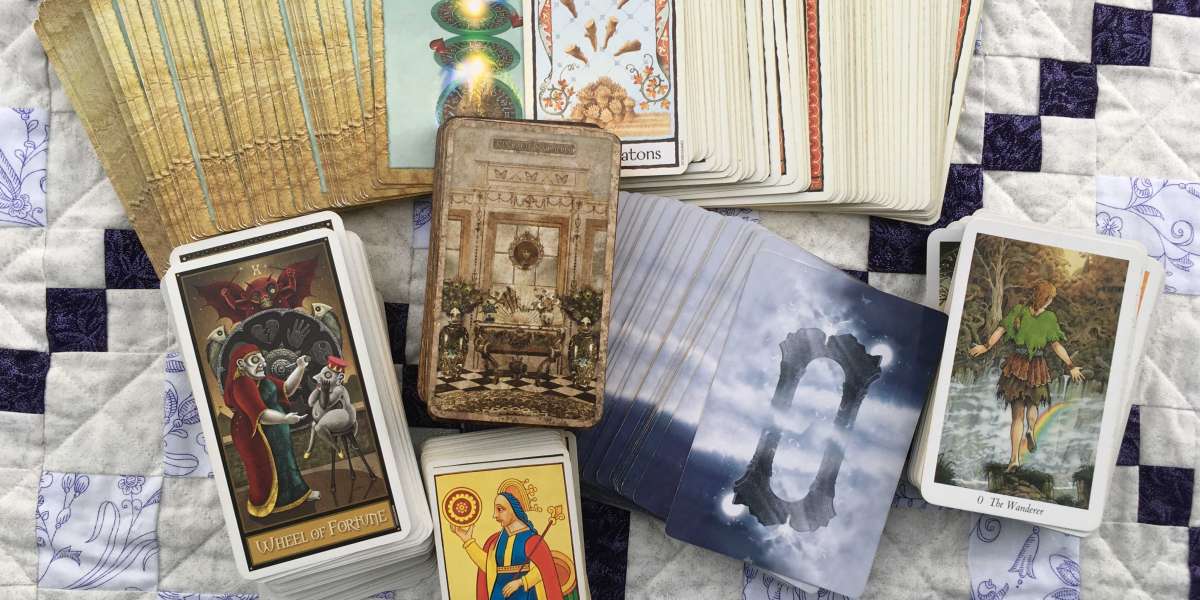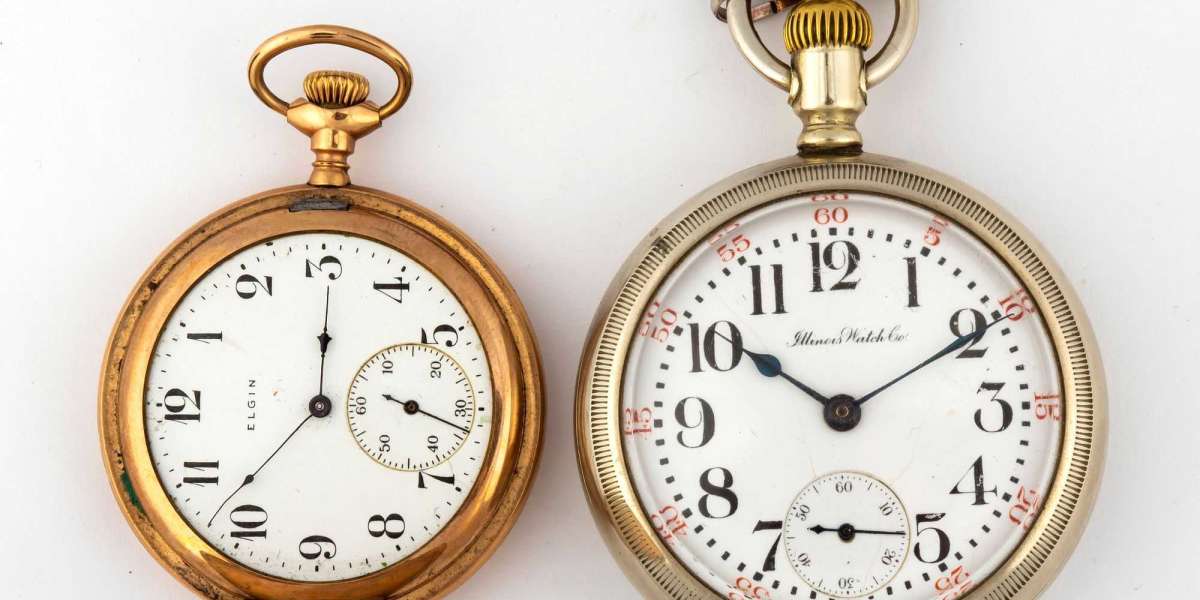Let’s go right back to basics with what tarot is and the basic differences between tarot, Lenormand and oracle decks. Tarot is a system of divination that uses illustrated cards to provide the reader with information. It has been around for centuries; nobody really knows how long, but the earliest surviving references date back to court records in 1440 and the earliest fragmented decks also date back to that century. Each deck is traditionally made up of 78 cards, 22 major arcana (which means greater secrets) and 56 minor arcana or lesser secrets. The minors are similar to normal playing cards in that they are divided into four suits, in most cases cups, pentacles, wands and swords or some variation on those themes. They have four court cards instead of three, and they represent our everyday life and the people and events within it. The majors are the cards a novice first thinks of when picturing tarot, such as the Wheel of Fortune, Death and the Lovers, and these represent much deeper archetypes of the human psyche that help us to understand our responses to the information the minors give us.
Oracle cards are much more flexible in their numbering and subject matter. They do not have suits, nor majors and minors, but instead are a collection of cards usually numbering 40-50 and they have a meaning designated by the deck creator rather than tradition. Lenormand decks usually have 36 cards and were originally created as a game of chance in Germany, though they now get their name from Marie Anne Adelaide Lenormand who popularised their use in cartomancy (divination with cards) during the Napoleonic era and famously used them to give advice to the leaders of the French Revolution, among others. I must confess I have not yet worked with Lenormand cards, so I won’t go into too much detail about them, but it is important to understand the different systems out there.
Choosing a deck can be very overwhelming and tricky, so my first piece of advice is to trust your intuition and see what you are drawn to. If you are buying from an occult or New Age shop they should either have sample decks you can handle and browse through, or they will have folders with examples of the images that you can peruse. This is because, like all objects, the more they are handled the more they will imprint with your energy, and nobody wants to work with a deck that has been handled by lots of people. If you don't have access to samples, check out the internet for images and information and see what takes your fancy.
So you've narrowed it down to one or two decks (or four or five), so what next? My next tip is to work with what you know. Most people recommend the Rider-Waite deck as a first deck because it is a classic design and most how-to books use the imagery from this deck to explain what each card means. However if you’re like me you might find that despite everyone else using it, it just doesn’t connect with you so you have to cast your net a bit wider, which makes my point of going with what you know even more important. That Egyptian based deck may well be gorgeous, but how much do you know about Egyptology? If the answer is "not much" then you have just made your job a hundred times harder because you need to learn and understand the foundation subject before you can get the most out of reading with that deck. Sure, you can learn all the meanings from the booklet that comes with the cards (often referred to as the little white book or LWB) but understanding the deeper interplay between the cards and their symbolism is what separates a mediocre reader from a truly skilled, intuitive one.
However there are so many decks out there you are bound to find one that suits you. For example, if you were brought up a Christian you may know what quite a few of the angels represent, so may find an angelic deck easier to work with, while a Druid may prefer a Druidic deck for their first one, or a history geek may find one that matches their favourite era, and so on.
Of course this is the 21st century, so we also need to discuss digital decks. These days you can purchase decks as apps on your smart phone and tablet, as well as having access to websites that have a selection of decks you can use for a reading. In simple terms you select the type of reading you want to do, the number of cards, whether you want reversals, and the tech does the work of shuffling and laying out the spread for you to interpret.
I know some readers who use an app to get a feel for a deck before purchasing a traditional cardboard edition, and it can be a good way to see if you like the deck and can get on with it. I also know readers who only use a digital deck. It may not seem like it would work but the synchronicity is exactly the same depending on whether you shuffle real cards, the querent shuffles them or a computer does, and it means no matter where you are you will have a deck with you at all times should you need it.
This will hopefully help some of you who are interested in learning the tarot and are looking at getting your first deck. This is actually the first part of my book "Working with Tarot: From Choosing Your First Deck to Reading Professionally" which is available from Amazon, but one thing the book doesn't cover is card meanings, so this post is going to be the first in a series that will help you to learn what each card means, how to read the tarot and gain confidence in doing so.









Cathlene 1 y
great info! Thank you!